-

- Sopto Home
-

- Special Topic
-

- Module Knowledge
-

- Optical Module-Backreflection
Module Knowledge
- Tips for Buying 10G XFP Transceivers
- XFP Transceivers for Telecommunications
- Three Types of Ethernet SFP Transceiver Modules Introduction
- Info about High Density CXP Optical Module
- Multipurpose CFP Optical Modules
- Info about CFP Management Interface
- SFP+ Transceivers Short Range Module Overview
- 3 Reasons Every Network Needs GLC-LH-SM Transceiver
- Is the GLC-SX-MM Transceiver Right for Your Switch?
SOPTO Special Topic
Certificate



Guarantee
Except products belongs to Bargain Shop section, all products are warranted by SOPTO only to purchasers for resale or for use in business or original equipment manufacturer, against defects in workmanship or materials under normal use (consumables, normal tear and wear excluded) for one year after date of purchase from SOPTO, unless otherwise stated...
Return Policies
Defective products will be accepted for exchange, at our discretion, within 14 days from receipt. Buyer might be requested to return the defective products to SOPTO for verification or authorized service location, as SOPTO designated, shipping costs prepaid. .....
Applications
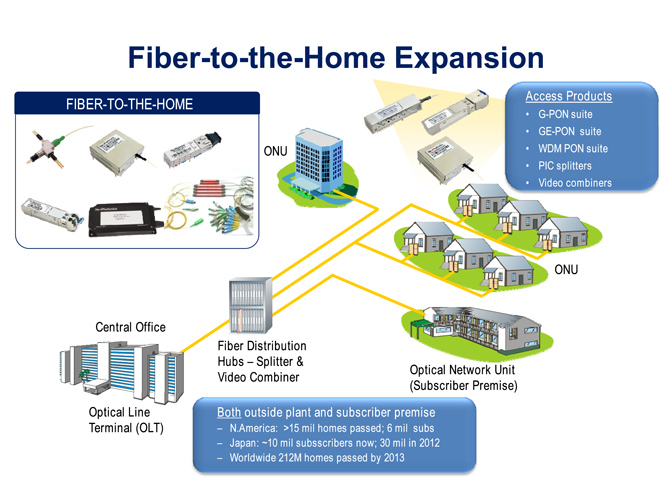 Fiber Optic Transceiver Modules can be applied to these occasions or fields.
Fiber Optic Transceiver Modules can be applied to these occasions or fields.
Ethernet
IPTV
FTTX
Security
Video Monitor
SDH/SONET
Data Communication
Storage Area Networks
SOPTO Products
- Fiber Optic Transceiver Module
- High Speed Cable
- Fiber Optical Cable
- Fiber Optical Patch Cords
- Splitter CWDM DWDM
- PON Solution
- FTTH Box ODF Closure
- PCI-E Network Card
- Network Cables
- Fiber Optical Adapter
- Fiber Optical Attenuator
- Fiber Media Converter
- PDH Multiplexers
- Protocol Converter
- Digital Video Multiplexer
- Fiber Optical Tools
- Compatible
Performance Feature
Stable
Low cost
Small size
Economic
Dust-proof
High speed
Hot-pluggable
Good EMI, EMC
Wide appliaction field
DDM function available
Long transmission distance
Good Anti-static performance
Module Knowledge
Recommended
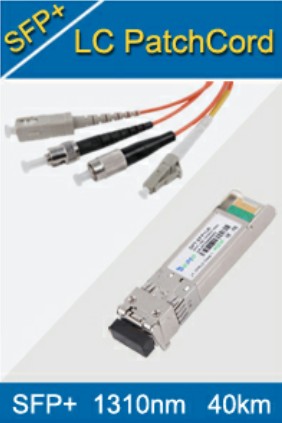
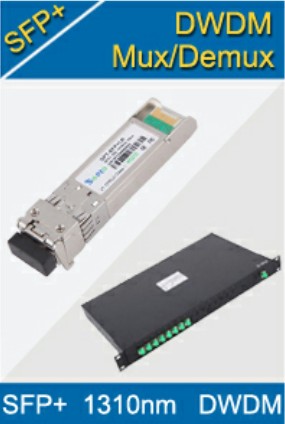
Backreflection
Actually, all lasers are susceptible to back reflections. Back reflections disturb the standing-wave oscillation in the laser cavity, and the net effect is an increase in the effective noise floor of the laser. A strong backreflection can cause some lasers to become wildly unstable and completely unusable in some applications. It can also generate nonlinearities, called kinks, in the laser response. Most analog applications and some digital ones cannot tolerate these degradations.

The importance of controlling back reflection depends on the type of information being sent and the particular laser. Some lasers are very susceptible to back reflections due to the design of the laser chip itself. Most often the determining factor is how tightly the fiber is coupled to the laser chip. A low-power laser generally has weak coupling to the fiber. Perhaps only 5-10% of the laser power is coupled into the fiber.
This means that only 5-10% of the backreflection would be coupled into the laser cavity, making the laser relatively immune to back reflections. On the other hand, a high-power laser may have 50-70% of the laser chip output coupled to the fiber. This also means that 50-70% of the back reflection will be coupled back into the laser cavity. This makes high-power lasers more susceptible to back reflections.
Related Knowledge:
Guess Products You May Like:
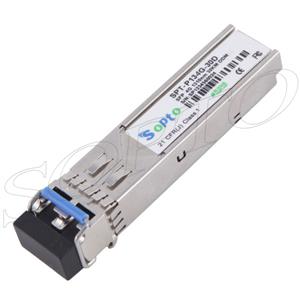 | 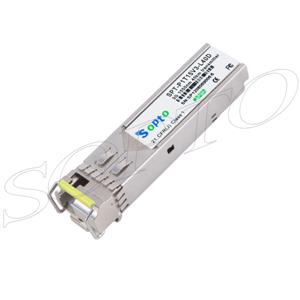 | 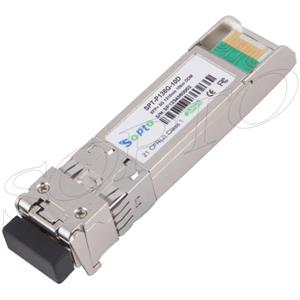 | 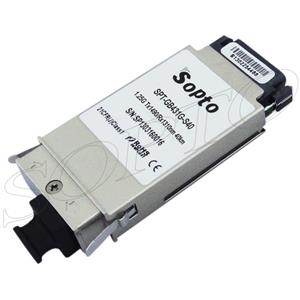 |
| 4.25G 1310nm 30km DDM SFP Transceiver Module | 3G 1550nm 40km Video SFP Optial Module | 8G 1310nm 10km SFP+ LR Optical Transceiver for Fiber Channel | 1.25G 1490/1310nm 40km BIDI GBIC Optic Transceiver Module |





